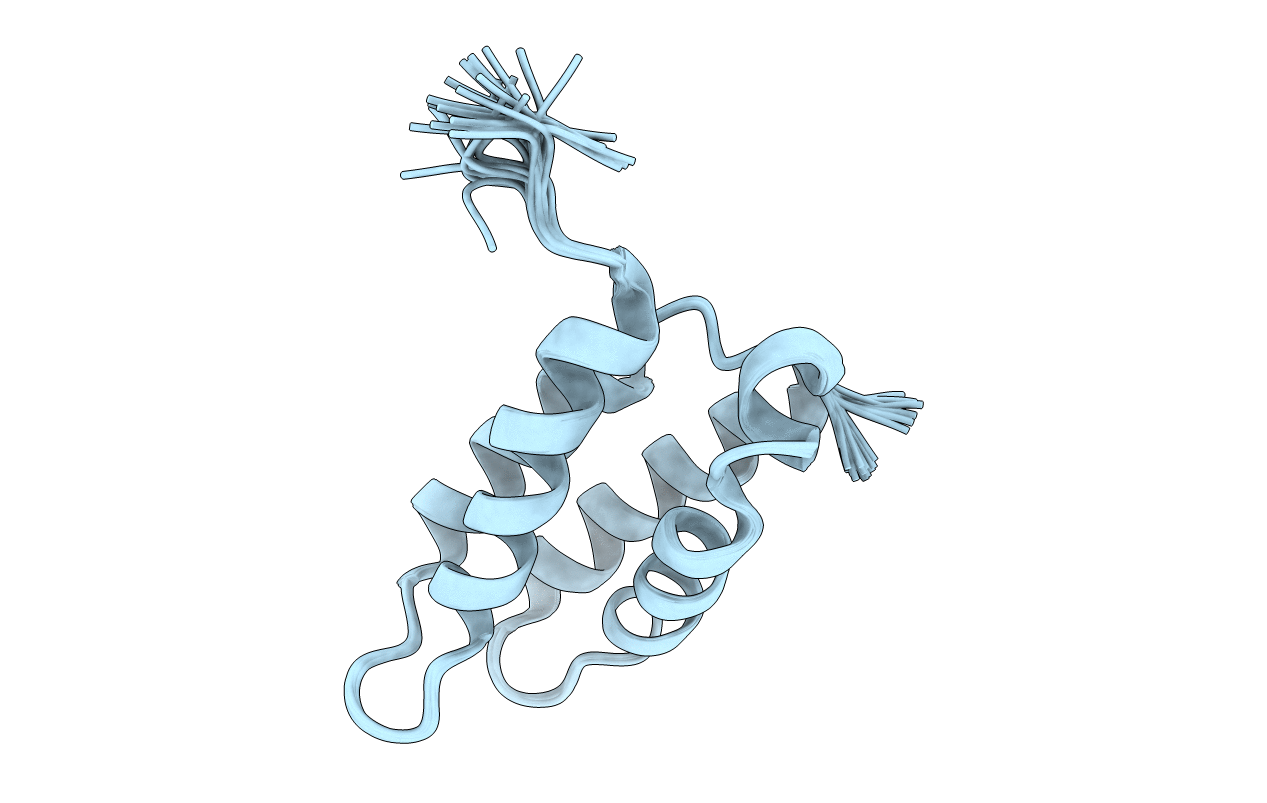
Deposition Date
2019-10-11
Release Date
2020-11-18
Last Version Date
2024-06-19
Method Details:
Experimental Method:
Conformers Calculated:
100
Conformers Submitted:
30
Selection Criteria:
structures with the least restraint violations


